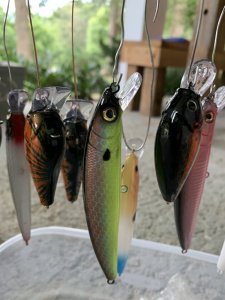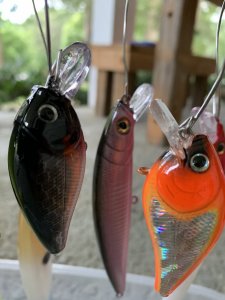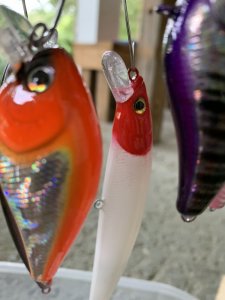I am building an outside bar on my deck. Using a cedar plank. I used this as my resin first coat and it feels like it has grit in it so I deduced that it was from the fans in my shop spreading dust but then realized it's air bubbles maybe...?

My final coat will be this

Which is supposed to shield it from UV rays and such.
This is the bar

But the resin didn't smooth out as I would have hoped and it's gritty and wavy as you can see in the reflection in this pic...

Now I still have the System Three Gloss coat to go on and I will sand with some 220 or 400 or these cool new steel wool pads I found before final application but I would like for this to be smooth as glass.
FYI this is the underside of the bar so it's kind of practice.
Thanks in advance.

My final coat will be this

Which is supposed to shield it from UV rays and such.
This is the bar

But the resin didn't smooth out as I would have hoped and it's gritty and wavy as you can see in the reflection in this pic...

Now I still have the System Three Gloss coat to go on and I will sand with some 220 or 400 or these cool new steel wool pads I found before final application but I would like for this to be smooth as glass.
FYI this is the underside of the bar so it's kind of practice.
Thanks in advance.






 Not using fans to dry the work, using them to try to not be miserably hot!
Not using fans to dry the work, using them to try to not be miserably hot! Took to the other shop to wipe off and this stuff starts coming up like Saran Wrap!
Took to the other shop to wipe off and this stuff starts coming up like Saran Wrap!